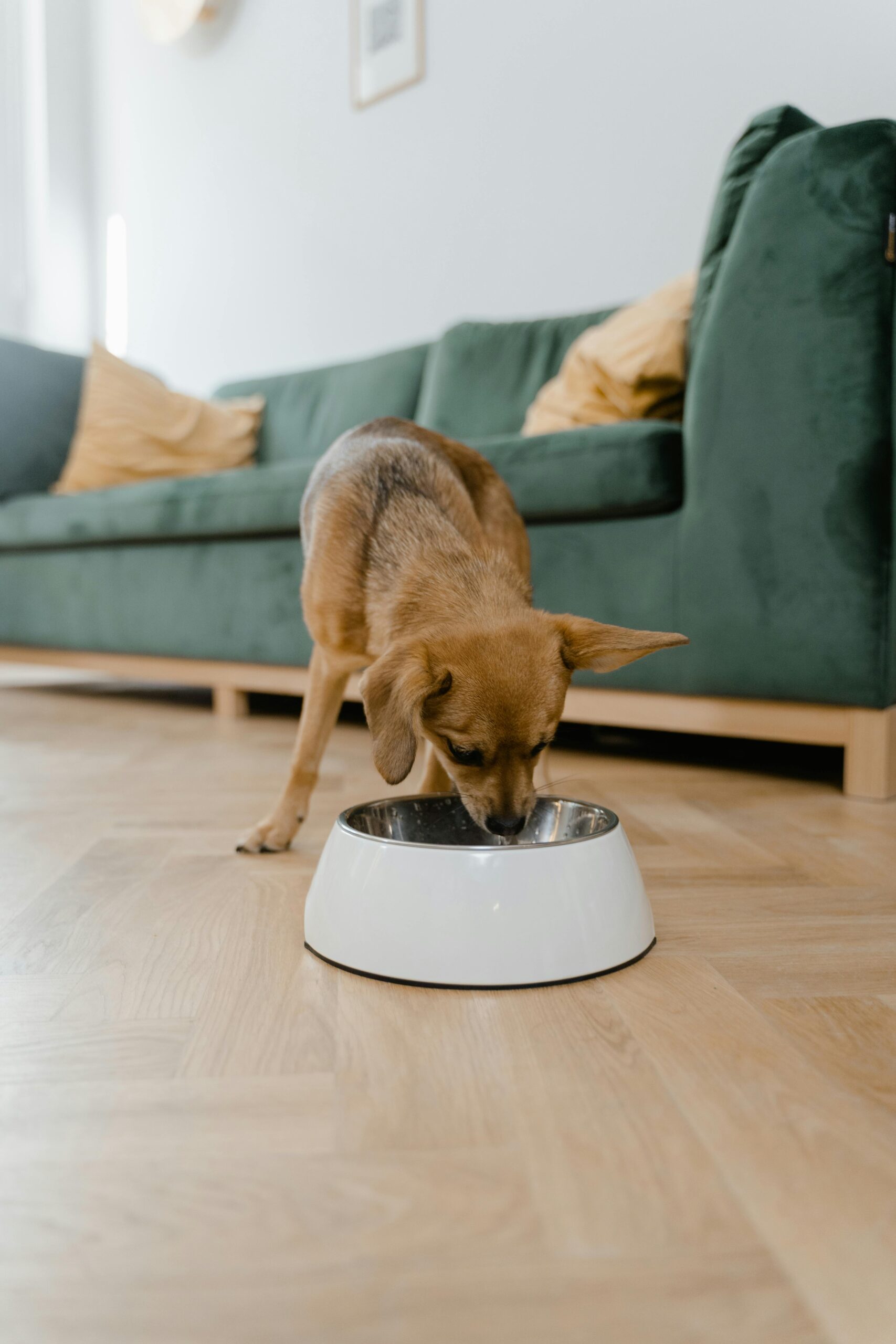If you have a small dog that suffers from allergies, finding the right food can make all the difference in their health and happiness. Many small breeds are prone to food sensitivities, which can lead to itching, digestive issues, and overall discomfort. To help you make the best choice, we’ve compiled a list of the top dog food options for small dogs with allergies.
What to Look for in Hypoallergenic Dog Food
When selecting food for a dog with allergies, consider the following: Limited Ingredients: Fewer ingredients reduce the risk of allergens. Novel Proteins: Proteins like duck, venison, or salmon are less likely to cause reactions. Grain-Free or Gluten-Free Options: Some dogs have sensitivities to grains like wheat, corn, or soy. Omega Fatty Acids: These help improve skin and coat health, reducing itchiness and irritation.
Top Dog Food Choices for Small Dogs with Allergie
Blue Buffalo Basics Limited Ingredient Diet Why It’s Great: Contains a single animal protein source (turkey or salmon) and no artificial additives. Best For: Dogs with sensitive stomachs and skin issues
Hill’s Science Diet Sensitive Stomach & Skin Why It’s Great: Formulated with prebiotic fiber for digestion and vitamin E for skin health. Best For: Small dogs with food allergies and digestive problems.
Canidae PURE Small Breed Limited Ingredient Why It’s Great: Uses 8 key ingredients, avoiding common allergens like soy, wheat, and corn. Best For: Dogs that need a simple, high-quality diet with a small kibble size.
Wellness Simple Limited Ingredient Diet Why It’s Great: Features a single protein source with easily digestible carbohydrates like potatoes. Best For: Dogs with food sensitivities and itchy skin.
Merrick Grain-Free Small Breed Recipe Why It’s Great: Made with real meat (deboned chicken, beef, or salmon) and no grains. Best For: Active small dogs needing a grain-free, high-protein diet.
Final Thoughts When choosing the best food for your small dog with allergies, always consult your veterinarian to ensure it meets their specific needs. Transition to a new diet gradually and monitor for any improvements in skin, digestion, and energy levels. Would you like to try one of these options? Let us know what works best for your furry friend!
